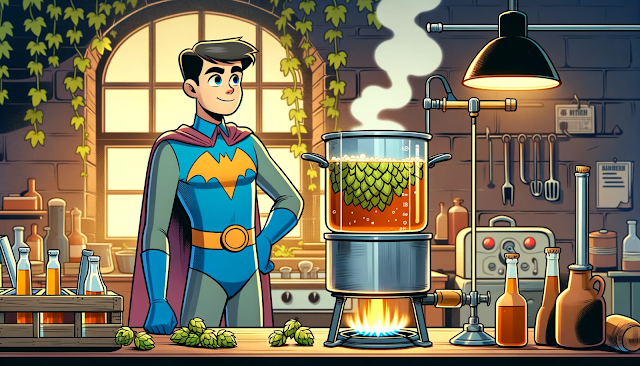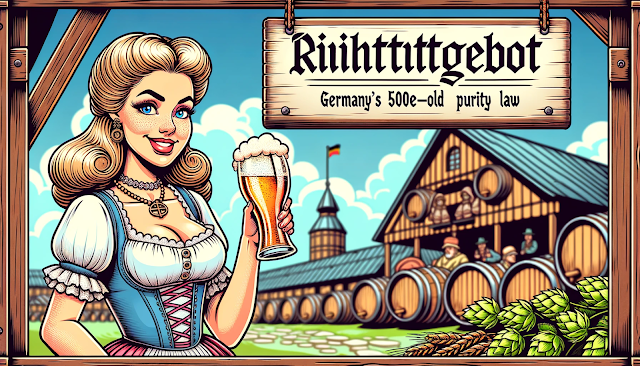The art of brewing beer is as much a science as it is a craft. Every step, from selecting the grains to the fermentation process, plays a crucial role in determining the final taste, aroma, and character of the brew. One of the most influential components in beer-making is hops.
These cone-shaped flowers are not just about adding bitterness to balance out the malt's sweetness; they also introduce a plethora of flavors and aromas, ranging from piney, resinous notes to citrusy and floral undertones.
For those looking to amplify the hop character in their brew without increasing bitterness, creating a hops tea is an innovative and effective method. This essay delves into the detailed process of making a hops tea that can be seamlessly integrated into your beer wort.
Why Hops Tea?
Before diving into the 'how', it's essential to understand the 'why'.
Traditional dry hopping, where hops are added directly to the fermenter, is popular for emphasizing hop aroma. However, it doesn't always extract the full range of flavors from the hops. Brewing a hops tea allows for a more thorough extraction of both aroma and flavor compounds, offering a deeper hop experience without significantly increasing bitterness.
Step-by-Step Guide to Making Hops Tea
Selection of Hops: Choose high-quality hops that align with the flavor profile you're aiming for. Whether you prefer floral, fruity, earthy, or spicy notes, there's a hop variety that caters to that preference.
Measure the Hops: Depending on the intensity of hop flavor you desire, measure out the hops. A general guideline is to use about 0.5 to 1 ounce of hops for every gallon of beer. Adjust according to your taste.
Boiling: In a pot, bring a quart of water to a rolling boil. Once boiling, remove the pot from the heat source and add your measured hops.
Steeping: Allow the hops to steep in the hot water for about 20-30 minutes. This process is similar to making herbal tea, where the hot water extracts the essential oils and flavors from the hops.
Cooling: After steeping, it's vital to cool the tea quickly to preserve the volatile compounds. An ice bath or a heat-resistant container placed in a refrigerator can be effective.
Straining: Using a fine-mesh strainer or cheesecloth, strain the liquid to remove any hop particles. This ensures a clear tea that will integrate well with your wort (and help with reducing sediment and beer cloudiness)
Integration with Wort: The cooled hop tea can be added directly to the beer wort. Depending on the stage of your brewing process, you can introduce the tea during the boil, post-boil, or even during fermentation.
Considerations and Variations
Hop Varieties: Feel free to experiment with different hop varieties or even combine multiple types to craft a unique flavor profile.
Duration of Steeping: Adjust the steeping time based on your preference. A shorter duration will extract more aromatic compounds, while a longer steep will delve deeper into the hop's flavor profile.
Usage with Other Additives: Hops tea can be combined with other flavoring agents like citrus peels, spices, or herbs to create a more complex taste.
In conclusion, crafting a hops tea is a nuanced method that offers brewers an additional tool in their arsenal to enhance the flavor and aroma of their beers. By extracting the essence of hops in a controlled environment, one can achieve a more pronounced hop character, elevating the overall beer experience.
Whether you're a seasoned brewer or a novice, experimenting with hops tea can lead to delightful and surprising results in your beer-making journey.








